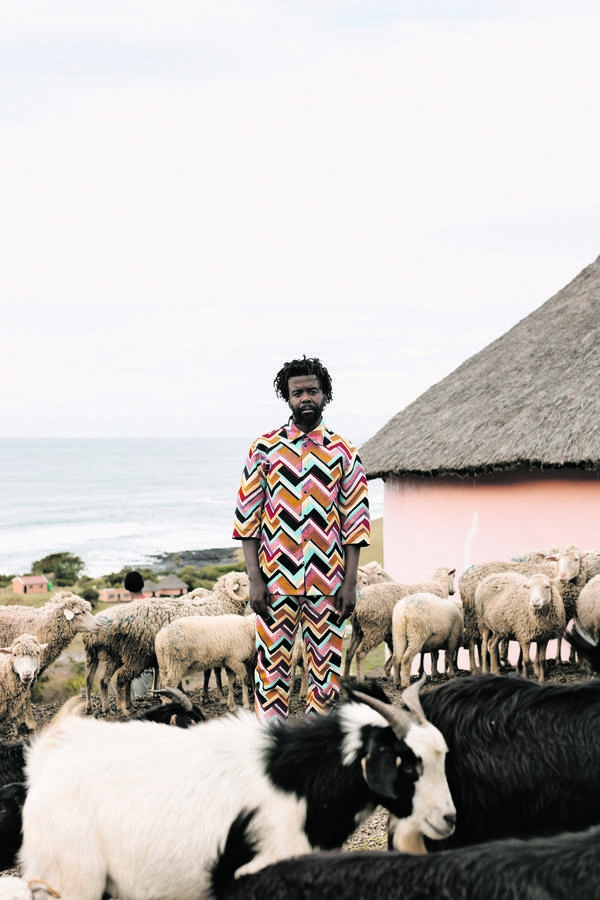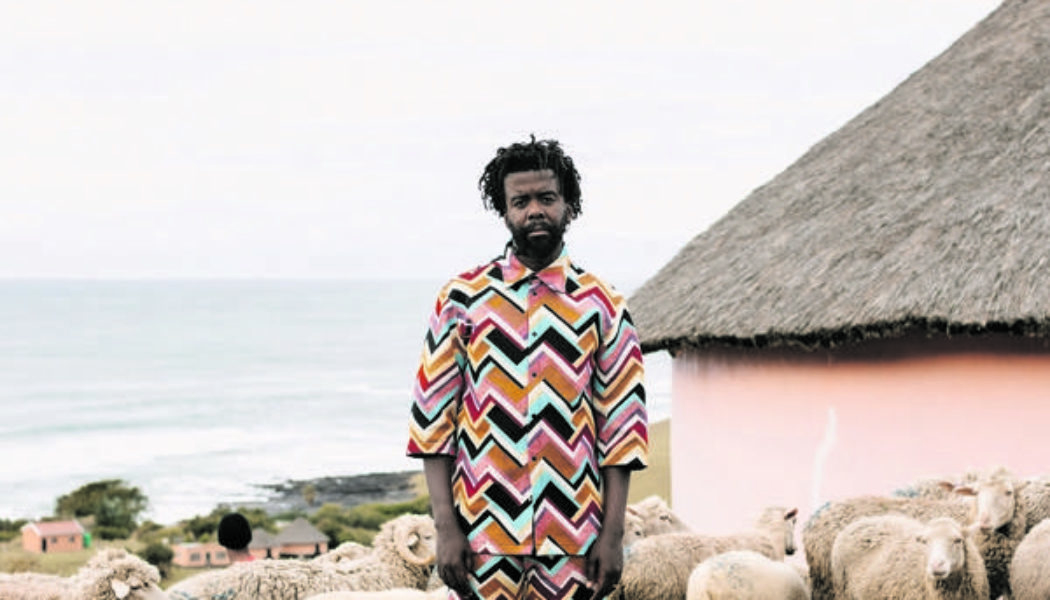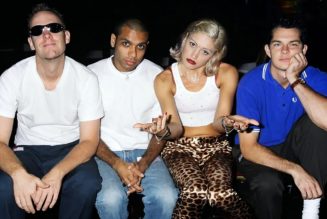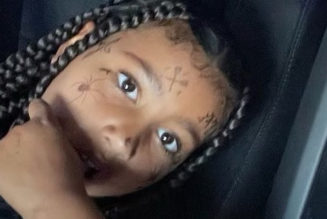
Listening to Mandisi Dyantyis is a reminder that jazz is about finely tuned style.
But it is not only about the way he sounds — the Afro-soul-jazz singer and trumpeter oozes sartorial elegance.
He is part of a long lineage in the jazz tradition. Historically, the genre has most certainly not been only about the way it sounds, but is also the way its players express themselves in what they wear.
A piece last year on the Medium website about how the world of jazz has always been intertwined with fashion even identified something called “jazz dress”, going back to the roaring Twenties, which is “a unique and enduring sartorial expression, reflects the genre’s evolution, the influence of jazz musicians on fashion, and the enduring appeal of its distinctive look”.
Think iconic musicians such as Louis Armstrong, Billie Holiday, Ella Fitzgerald and Duke Ellington in the early days, and later of course, Miles Davis. His seminal 1957 compilation album Birth of the Cool was about the history and birth of cool jazz, which was inspired by the post-war styles of big band and bebop. But its title could also be used to describe Miles’ dress sense.
This era was marked by a more relaxed and sophisticated style, according to Medium.
“Musicians like Miles Davis and Chet Baker epitomised this cool, understated elegance with their fitted suits, skinny ties and crisp white shirts. The jazz dress of this era was all about simplicity and refinement, reflecting the introspective and laid-back nature of the music.”
Davis was not only a trendsetter with his ever-evolving jazz music styles, but also in the cool way he dressed. In his more experimental electric era between 1968 and 1975, he dropped his sharp suits for the bohemian, psychedelic, out-there fashions of the hippie era — but still individualistic and so very Miles.
Nowadays, styles are diverse.
“Today’s jazz musicians draw inspiration from the rich history of jazz fashion while adding their own unique twists. Jazz dress in the modern age is a fusion of classic elegance and contemporary flair,” concludes the Medium piece.
South African jazz’s many dapper and elegant musicians fit in there.
There was also the Africanist dashiki style, and in contemporary jazz, there is what can rather generously be described as “studio style” — fresh from rehearsals or still wearing the T-shirt and baggy jeans from last night’s jol.
The Eastern Cape-born, Cape Town-based Dyantyis is his own person, though — a one-person rebirth of the cool, both musically and sartorially.
But it isn’t style over substance or even vice versa. Two superb albums and a recent photoshoot for GQ magazine that has people going gaga on Instagram, are proof of that.
He is very much part of a new wave of South African jazz, with international audiences taking note.
Talking to Dyantyis, as we did in a recent Zoom interview, it is clear that he is a true renaissance man.
Highlights from his chock-full 2023 include a new collaboration with the visual artist Banele Khoza. He composed music for their animated story on MTV.
Last year, Dyantyis wrote the music for Rise: The Siya Kolisi Story, a documentary about the Springbok rugby captain.
He also composed music for the recent US ballet about Nina Simone, Nina: By Whatever Means.
The ballet was choreographed by South African-born dancer Mthuthuzeli November.
In addition, he has several live music shows scheduled across South Africa for the first part of this year.
Dyantyis says when November told him about the ballet, and what he wanted him to do, he pleaded with the artist, who now lives in the US, to come back to South Africa.
“He eventually came. He told me exactly how he saw it and, in a couple of days, we recorded the music because I understood him and I felt where his spirit was,” he says.
Dyantyis’s soundscape was woven into his Gqeberha, Eastern Cape, upbringing. However, he says that there wasn’t a specific moment when he discovered that he could sing.
“There was never a point and, to be honest, there still is never a point. I do not consider myself as a wonderful singer — or even a singer sometimes. I knew I wanted to be a musician from early on.
“Even saying I wanted to be a musician is a reach,” he says.
Dyantyis says he must have been about seven years old when he started taking notice of music. He followed in the footsteps of his older siblings, who sang in choirs, unaware that music was the path he was meant to take.
“By the time I knew what was going on, I was already knee-deep in the music,” he says.
Dyantyis’s wistful voice is a thing of beauty but he does not consider himself a wonderful singer. As an avid runner (he’s done the Comrades), he says he thought about how to frame this on one of his runs.
“There are words that were never used when I was young. Talent is one of them. I did not know what talent was until I was in university.
“Where I was from, we just worked. When your choir sang badly, you were told you did not work hard enough. When you could not play the tune, you were beaten and told you did not work hard enough,” he says.
Spending any free time he had in church singing with a hymn book was the foundational training ground for Dyantyis as a musician.
In 2018, South Africa would find out who Dyantyis was when he released his debut album Somandla.
It got nominated for South African Music Awards Best Jazz Album of 2019. In the same year, he received nominations in the Best Jazz Artist category at both the Mzantsi Jazz Awards and the All-African Music Awards.
“I write as much as I can; not all the time. I don’t like the process of writing — it is one that shows you up and people know what you are thinking and feeling.
“I got to a point in my career where I wanted to make music that reflected me 100%.”
Dyantyis has always been a serious, hard-working musician.
“It took time to get there. I played a lot of bands growing up.
“Some bands were emulating, others were trying to be clever, others academic — all necessary with the growth of a musician.
“But at some point, I wanted to make music that told my story.”
When Dyantyis returned to South African from a stint in London, as soon as he landed, one of his lecturers asked him to come teach at the University of Cape Town where he had obtained an honours degree in jazz studies.
He used his old compositions as teaching materials and his students would not allow him to reshelve them afterwards. They believed the world deserved to hear their curriculum.
At one of the gigs organised by his students, Dyantyis met Murray Anderson, founder of Milestone Studios in Cape Town. The two got into the studio and recorded Somandla in just three days.
“There are songs that had lived for a while,” he says in reaction to my shock at the short turnaround time of the album.
In 2021, he released his sophomore album Cwaka, which he says is vastly different from Somandla.
“The difference between Somandla and Cwaka was the conversation of starting fresh,” he says.
Dyantyis says it was not easy to make Cwaka.
It involved having many difficult conversations with himself but, what was important, was that he had to embrace growth.
This has been essential to every project and every pinnacle he has reached in his life.
He is of the opinion that musicians often make the mistake of making music about people who work in the light, people who have already made it. He strives to make music for those who are breaking their back to make ends meet.
“I want people to be seen. There are a lot of people who work in the shadows.
“At 5am, when I am running, leisurely, there is a woman who is going to work.
“You wonder what time they leave the house and what dangers they must go through to get to the taxi — and they do this every single day because it is what they have to do.
“I hope that when this woman listens to this music, she takes a moment to say, ‘This music sees me,’” Dyantyis says.









